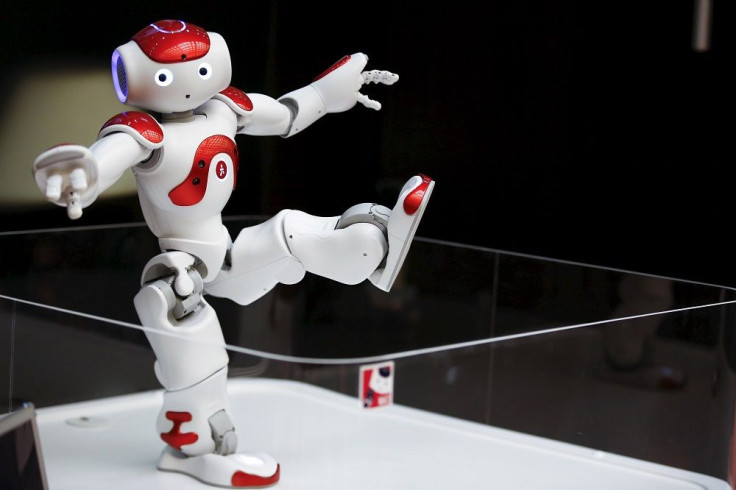Stanford study discovers humans aroused when they touched robots in intimate body parts

A new study by researchers at Stanford University found that humans are aroused when they touched a robot even if it is made of plastic. For the experiment, the scientists used the Nao humanoid robot, created by Aldebaran Robotics in Japan, which offers basic information about banking services to customers of a Bank of Tokyo-Mitsubishi branch.
The Nao robot was programmed to ask 10 participants, six males and four females, to point to or touch one of its 13 body parts in 26 trials. The researchers then measured the participants’ skin conductance correlated to physiological arousal, reports Gizmodo.
The strongest signal of arousal was when the participants were asked to touch the buttocks or genitals of Nao which the team refers to as “body parts with low accessibility.” The research notes that when asked to touch the robot’s intimate areas, the participants were “more emotionally aroused when compared to touching parts like the hand and neck,” reports Wired.
Jamy Li, one of the researchers and a mechanical engineer at Stanford, explains to The Guardian, “Social conventions regarding touching someone else’s private parts apply to a robot’s body parts as well. The research has implications for both robot design and the theory of artificial systems.”
By proving that social robots can elicit tactile responses in human physiology, the researchers say it signals the power of robots and should be a yellow flag for mechanical and interaction designers about the negative and positive effects of human-robot interactions. Since robots with human forms are now assisting people in personal and public spaces, like what a number of Japanese establishments have, the scientists are asking what kind of relationships people would develop with the robots.
“While they are clearly not humans, social conventions such as body accessibility may apply to robots as well,” the researchers suggest. The team will present the study at the 66th yearly conference of the International Communication Association in Japan in June.





















